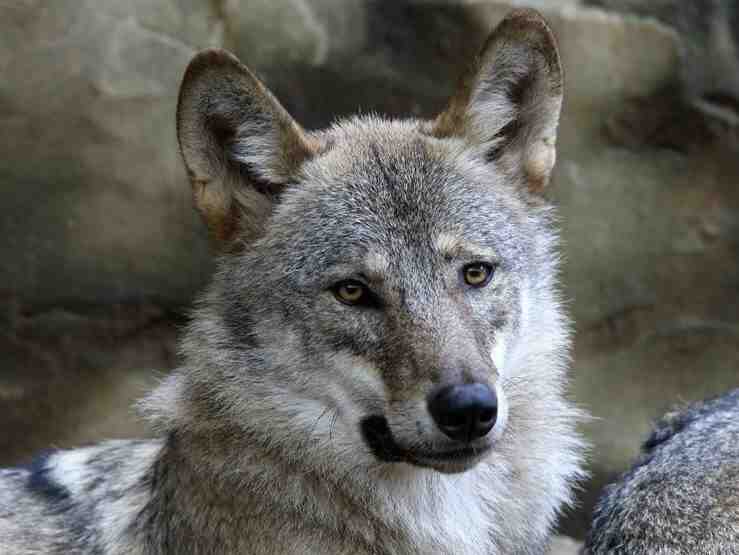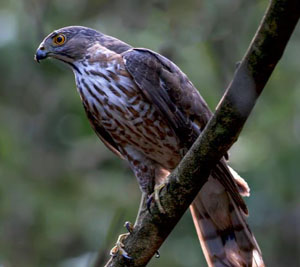
Accipiter virgatus
sparrowhawk, pine hawk, chest-wagging, sparrow thief, sparrowhawk
Sparrowhawks are secretive, alert, timid and difficult to observe. Once in t···
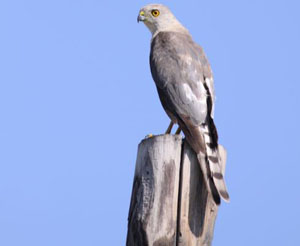
Accipiter badius
Brown-eared goshawk, Brown-eared sparrowhawk
The brown-eared hawk is much smaller than the goshawk. It often hovers in th···

Accipiter trivirgatus
Crested Goshawk
The Crested Owl is a medium-sized bird of prey. It is a resident bird. It is···
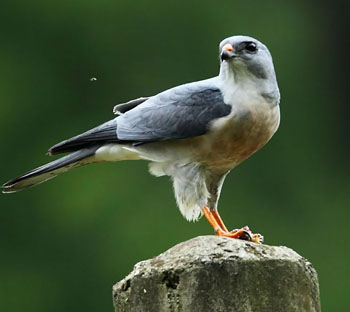
Accipiter soloensis
Red-bellied Hawk, Goose Hawk, Red-nosed Hawk, Pigeon Hawk
The red-bellied hawk is a small bird of prey with long, pointed wings. It is···
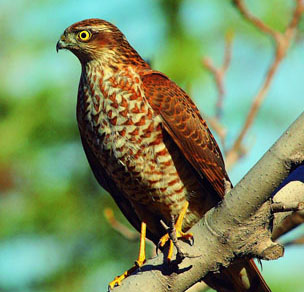
Accipiter nisus
Sparrowhawk, Yellow Hawk, Harrier Hawk
The sparrowhawk is a common forest hawk and an expert in preying on small bi···

Lutrinae
Otter, otter cat, fish cat, water dog, water fur, water monkey
There are 14 subspecies of otters.Otters love to play. They often stand up b···
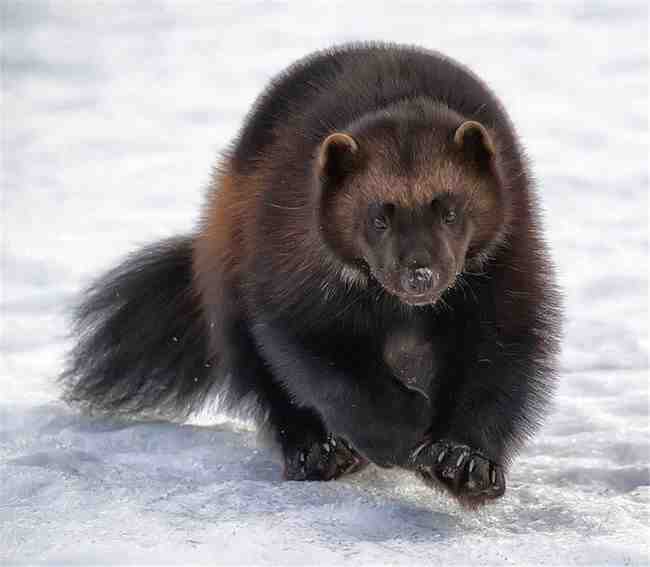
Gulo gulo
Marten, wolverine, moon bear, flying bear, bear marten, mountain dog, native dog, palm bear
The mink is the only species in the genus Mink, with 6 subspecies.Mink will ···
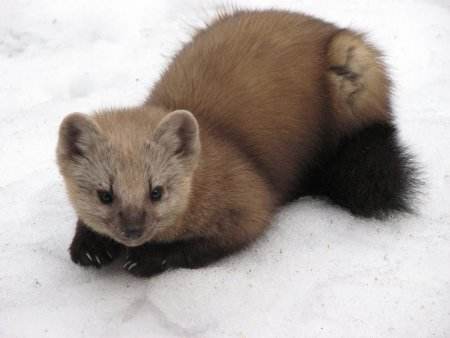
Martes zibellina
Sable, black sable, Japanese Sable, wood marten, marten, marten, red sable, big leaf
Sables are small to medium-sized mammals with 19 subspecies.Sables are good ···
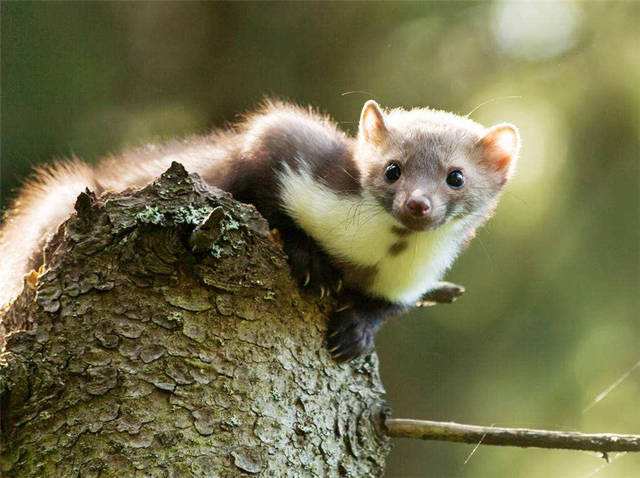
Martes foina
Stone marten, rock marten, snow-sweeping marten, beech marten, raccoon fox
The stone marten is a small to medium-sized mammal of the genus Marten, and ···
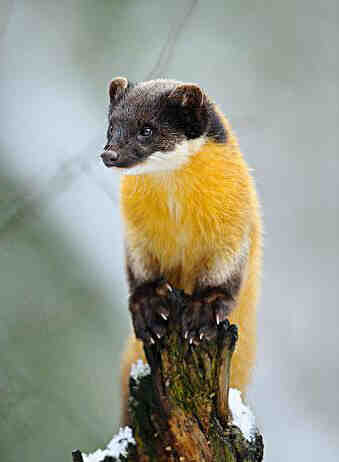
Martes flavigula
Yellow-throated marten, blue weasel, honey dog, yellow-waisted civet cat, yellow-waisted fox
The yellow-throated marten is an animal that lives in forest areas. Due to t···

Sun bear
Helarctos malayanus,Bear, little bear, little black bear
The Latin name of the Sun Bear is Helarctos malayanus. It has two subspecies···
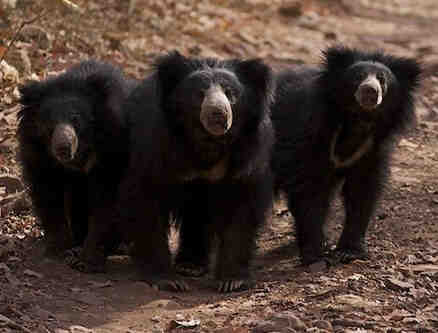
Melursus ursinus
Sloth bear, honey bear
There are 2 subspecies of sloth bears. The tracks of sloth bears are similar···
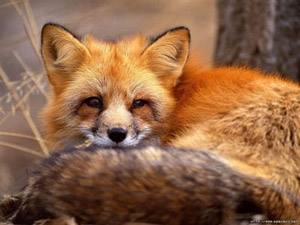
Vulpes vulpes
Red fox, red fox, grass fox, southern fox, fire fox, silver fox, cross fox
There are 47 subspecies of red fox, which is the largest and most common fox···
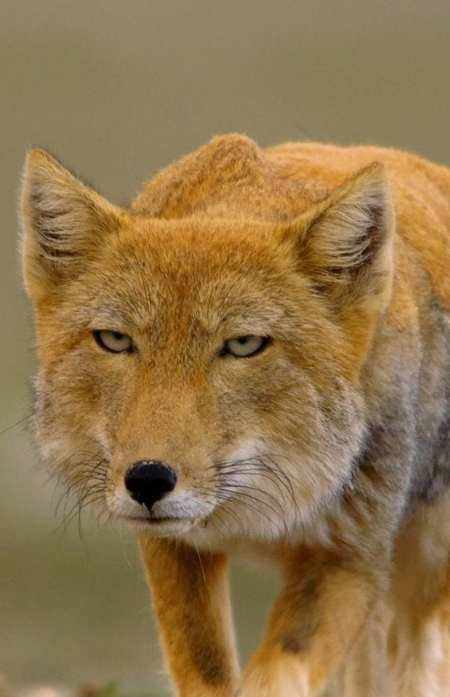
Vulpes ferrilata
Tibetan fox, Xisha fox, fox, grassland fox, Tibetan sand fox
The Tibetan name of the Tibetan fox is Bojiwama, and there is no subspecies.···
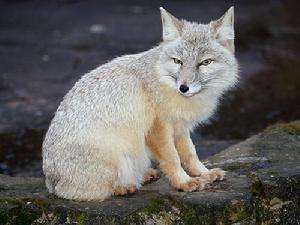
Corsac Fox
Vulpes corsac, Eastern Coral Fox
Corsus foxes are slightly smaller than red foxes and as tall as a medium-siz···
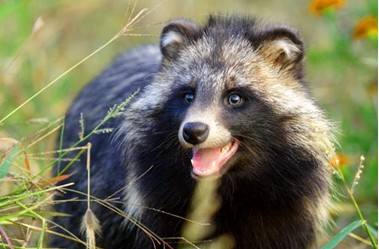
Nyctereutes procyonoides
raccoon dog, cypress tail, fur dog
Raccoon dog is a very ancient species of Canidae, considered to be a species···
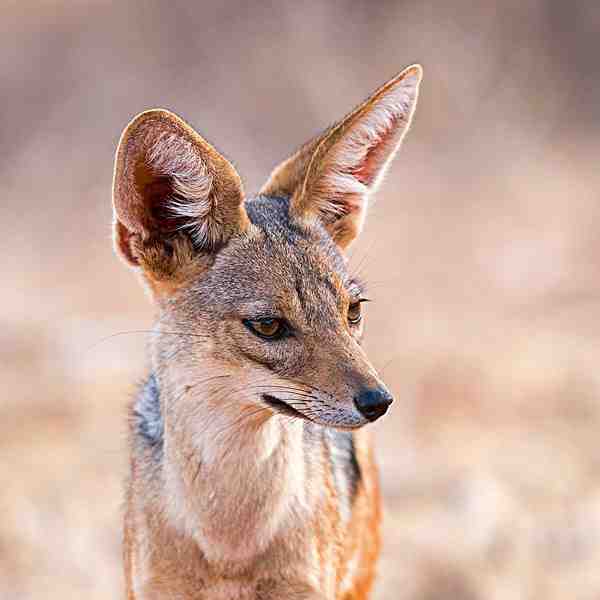
Cuon alpinus
Dhole,Jackal, Indian wild dog, Asiatic wild dog, red dog
The appearance of jackals is similar to that of wolves and dogs, but they ar···
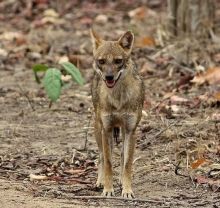
Canis aureus
Asian jackal
The Asian jackal is a small jackal.The sociality of the Asian jackal is high···
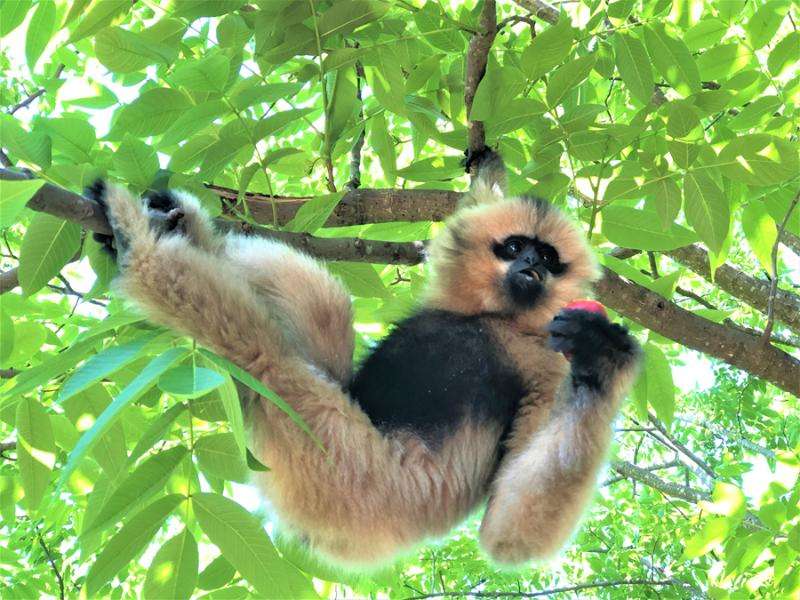
Nomascus nasutus
vượn cao vít, vượn đen, Cao-vit Gibbon,Eastern black-crested gibbon, Indochinese gibbon
黑冠长臂猿外文名Cao-vit Crested Gibbon,共有4个亚种。黑冠长臂猿的活动领域比较···
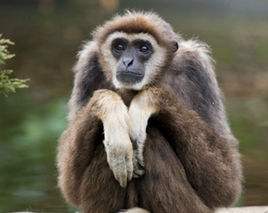
Hylobates lar
White-handed gibbon, Common gibbon
There are 5 subspecies of white-handed gibbons. Their hands and feet are whi···
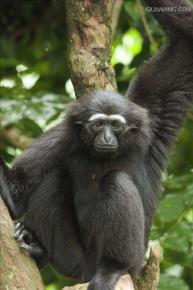
Hoolock
Hoolock gibbon, gibbon, call monkey, black monkey
Hoobrow gibbon is a larger type of gibbon.Hoobrow gibbon was once considered···

Rhinopithecus strykeri
Burmese snub-nosed monkey, Nujiang golden monkey, Myanmar golden monkey, black snub-nosed monkey
Nujiang golden monkey is also known as Myanmar Snub-nosed Monkey and Burmese···
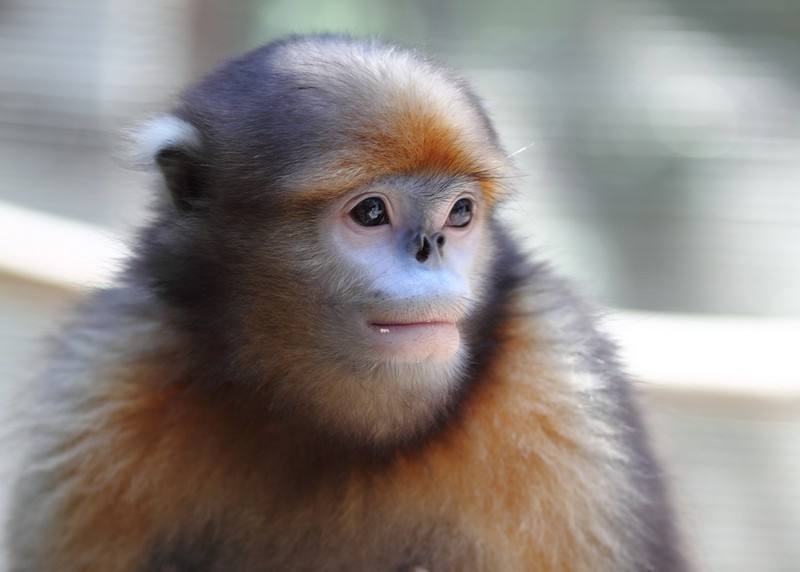
Rhinopithecus brelichi
Rhinopithecus brelichi,Guizhou golden monkey, gray golden monkey, white-shouldered monkey, white-shouldered snub-nosed monkey, cow-tailed monkey, line marmoset
In Chinese history, the Guizhou golden monkey was called "Zongyi Beast&···

Rhinopithecus bieti
Black Snub-nosed Monkey,Yunnan golden monkey, Yunnan snub-nosed monkey
The Yunnan golden monkey is also known as the black snub-nosed monkey. It wa···
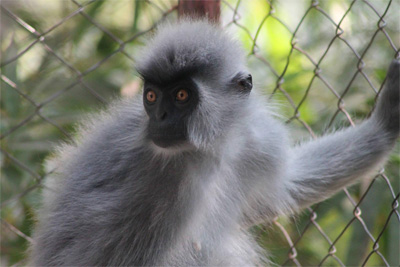
Shortridge’s Langur
Trachypithecus shortridgei, Xiao's black-winged monkey
Shortridge's Langur is a primate found in northeastern Kachin State, Mya···

Trachypithecus poliocephalus
White-headed langur
The white-headed langur is named for its food of leaves and is a rare monkey···
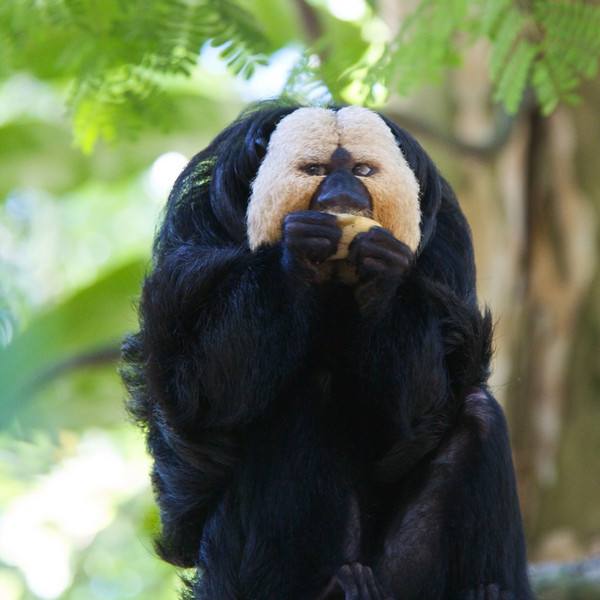
White-faced Saki monkey
Pithecia pithecia
The shiny tail of the white-faced Saki monkey is about 34 to 45 cm long, so ···
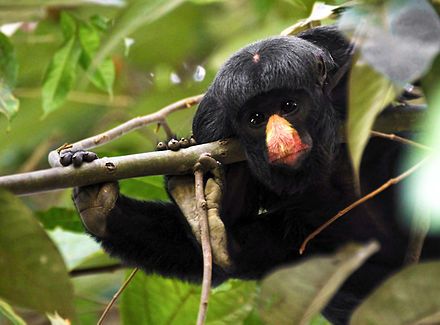
White-nosed Sakya
Chiropotes albinasus
The white-nosed saki is an endangered bush monkey found in the southeastern ···


